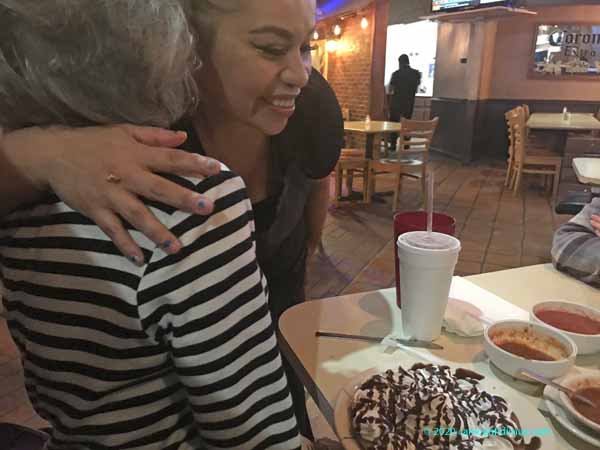I was going to write a long rant about UC Berkeley physicist Richard Muller’s feelings on how he, a good physicist, who is good at statistics, too, recommends using a treatment for the coronavirus that hasn’t been tested and approved, but I decided I didn’t feel up to it. I’ll just quote some of what he said: “Anthony Fauci certainly knows an enormous amount about biomedicine that I don’t know. But I worry that he doesn’t understand statistics as well as I do.”
That’s Dr Anthony Fauci, director of the National Institute of Allergy and Infectious Diseases.
There is a stereotype of physicists as arrogant, know-it-alls who think physics is the only real science, and that they can not only do their science better than you can, but they can do your science better than you can. If you are a chemist, a physicist can solve your problems better than you can. If you are a climatologist, physicists can do your work better than you can. If you are the director of the National Institute of Allergy and Infectious Diseases, a physicist can do your job better than you can.
I’ll let you draw your own conclusions about whether Muller fits the stereotype.
But, we are still here. We are sheltering in place, going out only to Walmart for groceries, prescriptions and pet stuff. Both the city and county have issued shelter-in-place orders until about a week into April. The governor has ordered that public schools remain closed throughout the state until about the end of April.
The first time we went to the grocery store after it became clear that the severe acute respiratory syndrome coronavirus 2
(SARS-CoV-2), formerly known as the novel coronavirus, was going to be bad, to find empty shelves. There was no toilet paper, as others had reported. There were no paper towels. The cereal shelves had been stripped almost bare. About the only soup left was cream of broccoli with chunky asparagus, or something like that. There was no orange juice. There were no refrigerated cookies. The frozen dinners were sparse on the shelves. We expected something like that, given what was being reported on the news.
What has made me confused is that the shelves are still bare. People are still buying and hoarding toilet paper. And paper towels. Soup. Cereal. Frozen dinners. Can anyone help me figure this out? I would have imagined, in a more rational world, that hoarders would have stocked up early on and then holed up to ride out the apocalypse. Why are they still coming back to the grocery store, about the best place left open to get the virus, to hoard even more?
Oh well. These are the same people who voted for Trump, so maybe I was expecting too much.
But we have what we need. I think we can manage to find enough food and maybe even toilet paper. I think we should probably get take-out from some of the restaurants we used to visit, just to support them. But I think we really should stop going to Walmart, or any other grocery store. I went for a few things today, and was thinking about all the people (there were a lot of people) coming and going and touching things, and there was no way to sanitize my hands. I like to think I’m invulnerable, but then, I used to think I would never be old, and here I am.
On the working front, there is still apparently a possibility that I will have a short-term, part-time job when the virus-related restrictions end. I am being investigated. People are looking for a government laptop for my use. However, I’m not sure how I could even pick the laptop up, since the facilities where I would work are open only to essential personnel, and I am most definitely not essential. My immediate boss recently returned from a work trip to Hawaii (how nice), and was immediately sent home for a 14-day quarantine. It seems that the government will quarantine anyone who has recently traveled outside the lower-48 states.
In the meantime, there seems to be something for me to do around the house pretty much all the time.
